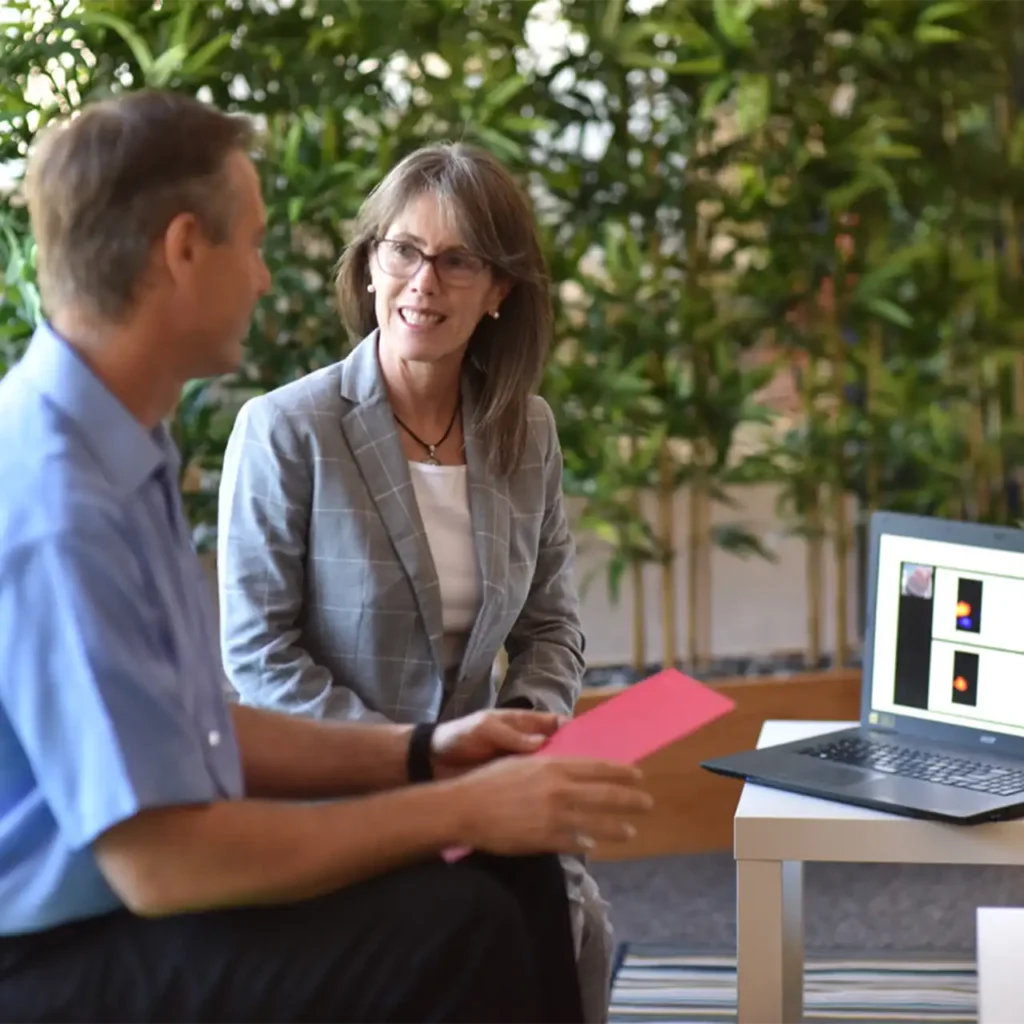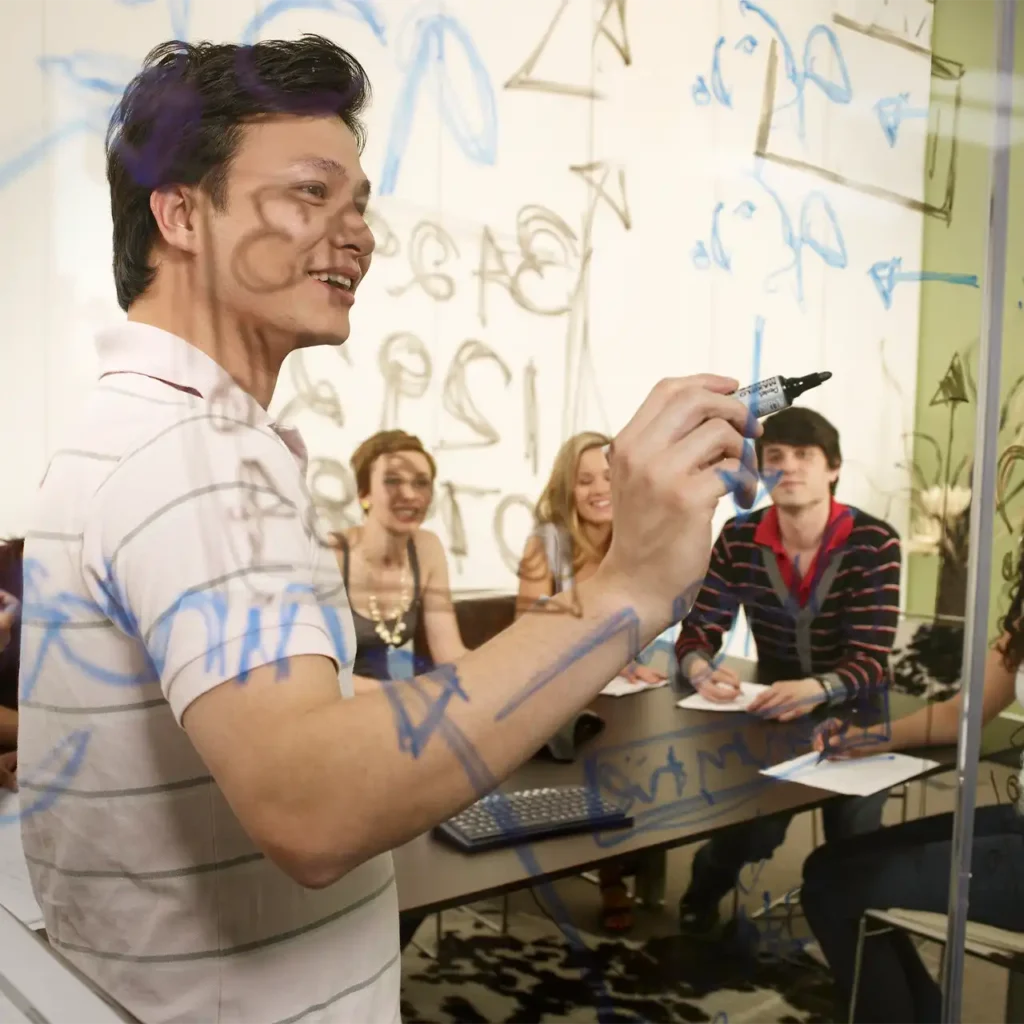Business Advantage Overview
The Smart choice
for business growth
Locating your business at Tech Parks Arizona gives you more than just a place to work—it gives you a competitive edge. Positioned in Tucson, Arizona, our park system offers a unique blend of academic partnership, business resources, affordability, lifestyle, and global access. Whether you’re scaling a startup or expanding a global brand, we provide the tools, talent, and community to move at the speed of business.

Business Climate
With a pro-business climate, strategic location, and low operating costs, Arizona offers a fertile ground for companies ready to grow. At Tech Parks Arizona, we align with the University of Arizona’s research strengths in key industries like aerospace, defense, biosciences, optics, and renewable energy, giving your business a competitive edge. Combined with Tucson’s exceptional lifestyle, it’s a place where innovation and quality of life go hand in hand.

Global Advantage
Tech Parks Arizona places you at the crossroads of major U.S. and international markets, and backs it up with tailored support to match your business goals—whether you’re selecting a site, scaling up, or expanding globally. Through strategic partnerships and a dynamic network of innovators, we connect you to the right resources, relationships, and opportunities to grow with impact.

Exceptional Talent
Tech Parks Arizona is located in a region fueled by a diverse, highly skilled workforce. With strong higher education institutions, veteran transition programs, and workforce development initiatives, Tucson delivers a steady pipeline of job-ready talent—empowering companies to grow quickly and lead confidently in their industries.
Discover the Advantage
Download our brochure to explore why Tech Parks Arizona is the smart choice for business growth. Get the full picture—from strategic location and industry alignment to talent, incentives, and lifestyle. Everything you need to make your next move, all in one place.